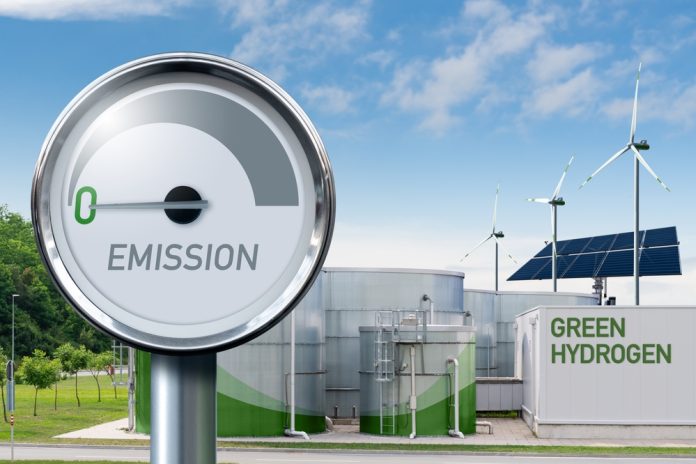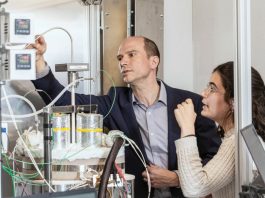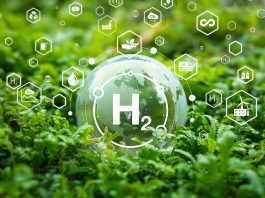Scientists at the Korea Institute of Science and Technology (KIST) have developed a revolutionary MXene that may advance green hydrogen production.
The team has developed the oxidatively stable molybdenum-based MXene as an electrocatalyst support for anion exchange membrane water electrolysers.
Due to its stability under oxidative high voltage conditions, it can serve as an electrode material for electrolysis catalysts in the oxygen evolution reaction, potentially lowering the cost of green hydrogen production.
The role of green hydrogen in the energy transition
137 countries have signed a ‘net-zero’ agreement to end fossil fuel use and achieve zero carbon emissions by 2050.
Hydrogen, emitting only water and oxygen when used as an energy source, is being promoted as the next green energy.
Hydrogen production is categorised into grey, blue, and green hydrogen based on energy sources and carbon emissions.
Green hydrogen, produced by electrolysing water using green energy, is the most eco-friendly method, generating no carbon emissions.
Green hydrogen production challenges
The breakdown of water into hydrogen and oxygen requires a significant amount of energy.
To reduce this initial energy requirement, catalysts made of nanoscale particles are used, offering a larger surface area for the reaction.
Over time, these tiny catalyst particles can agglomerate, decreasing the surface area and hydrogen production efficiency.
To prevent this, catalysts are combined with supports. Carbon is typically used for the cathode, where hydrogen is produced.
However, carbon oxidises to carbon dioxide at the anode, necessitating support with high oxidation resistance.
MXene as a support material
MXenes, nanomaterials composed of metal atoms (such as Ti, Mo, Hf, Ta) and carbon or nitrogen atoms, show electrically conductive properties and a 2D nanostructure suitable for catalyst support.
Titanium-based MXenes are widely studied due to their high electrical conductivity. However, titanium’s tendency to oxidise in water reduces the catalyst’s effectiveness.
To overcome this limitation, researchers designed a new anode catalyst using molybdenum-carbide-based MXene as a support.
This material forms strong chemical bonds between molybdenum atoms and active materials like cobalt, increasing hydrogen production efficiency by approximately 2.45 times.
The durability of the unit cell improved more than tenfold compared to titanium-based MXenes, which lasted less than 40 hours.
This advancement is expected to reduce the cost of green hydrogen production and will be applied to large-scale hydrogen production plants and green hydrogen power stations in the future.









